From Certified Skills to Assure: A purpose-driven evolution
Sometimes, a name isn’t just a name—it’s a statement of purpose. That’s what guided the transition from Certified Skills to Compono Assure, a move...
Become the expert on delivering
valid and fair assessments for
your training and education.
Hire
|
Engage
|
Develop
|
|
Automatically match to candidates who are a great fit for your team culture and who are intrinsically motivated to succeed. |
Deeply understand your organisation with science-backed analytics on your culture, team design, and engagement. |
Back your onboarding, compliance and skill development with industry-leading credentialling, competency and capability expertise.
|
Hey Compono helps you understand your personality and how to turn it into your superpower.
First 1,000 users get 10 minutes free.
Just $15 a month after that — cancel anytime.
7 min read
Henno Koetz Apr 4, 2023 10:08:13 AM
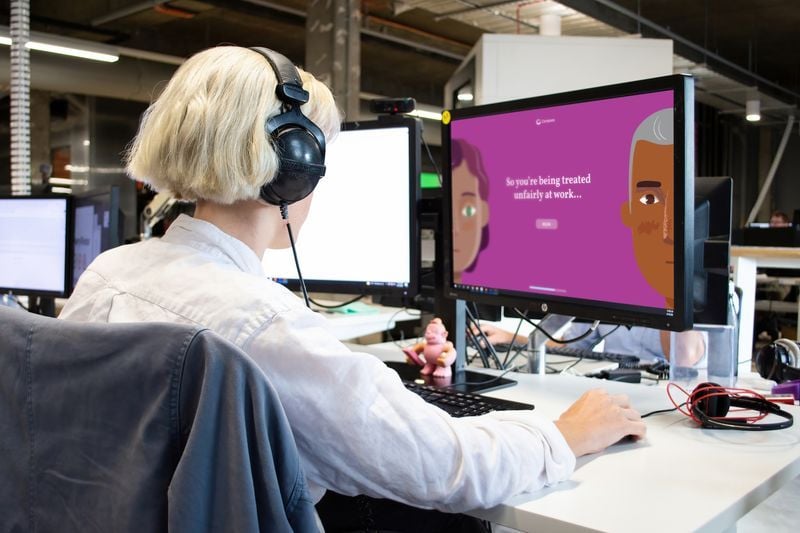
In this post Henno Kotze, Senior Instructional Designer at Compono (and self-confessed microlearning fanatic), tells us why microlearning is the perfect learning format for today’s time-poor workplace.
Well-designed microlearning can:
I recently listened to a podcast featuring BJ Fogg, author of the best-selling book Tiny Habits: The Small Changes that Change Everything. He spoke about the premise of the book: changing behaviour permanently requires baby steps. This is because the main reason people give up is from feeling overwhelmed.
I decided to implement this ‘incremental improvement’ strategy with one of my goals for the year: improving my fitness and strength. I decided to do at least two pushups every time I wash my hands. The handwashing acts as the ‘memory trigger’ and using only two pushups as the baseline means I’ll never feel overwhelmed with too much to do and thus give up. I also wash my hands quite often which means I’d technically end up doing quite a few pushups during the day.
This strategy of small actions to meet a bigger goal made me think of microlearning as small amounts of learning or training over time can lead to big improvements. That’s because microlearning tilts away from more traditional modes of learning towards smaller, bite-sized chunks of information. Well-designed microlearning draws on a range of pedagogical models and theories. It might be micro but it’s definitely not frail because it’s also solidly grounded in principles from learning science.
At its core, microlearning respects the limitations of the human brain. According to Cognitive Load Theory, our brain is only capable of processing small volumes of new information at once. In fact, the average learner only retains four information chunks at a time in what’s called our ‘working memory’ (not to mention that we are constantly and actively forgetting all the time!1) So, good microlearning can be described as pocket-sized, principle-based learning that packs a punch.
A 2019 report from LinkedIn2 showed that the biggest barrier to learning and development for today’s workforce is time. This is despite 74% of employees stating they want to learn during their spare time at work. This contradiction is an unfortunate characteristic of the modern workplace – we feel like we simply don’t have enough hours in the day to invest in learning something new. In Tiny Habits, Fogg writes about this as the ‘scarcity mindset’. He says, “We believe that there will never be enough time, so we say no to changes because we feel like we don’t have the hours to cultivate new positive habits.” Yet this is exactly where microlearning comes to the fore. It is quickly positioning itself as the perfect mode of knowledge delivery to slot into our busy daily routines. Like changing our habits one small step at a time, it makes learning something new seem manageable and achievable, just like those two pushups I do after washing my hands.
Don’t just take my word for it: the research is there to back it up, too. Numerous studies supports the pedagogical benefits of microlearning, which include (but are not limited to):
From an L&D management perspective, microlearning is also an effective training option, for several key reasons:

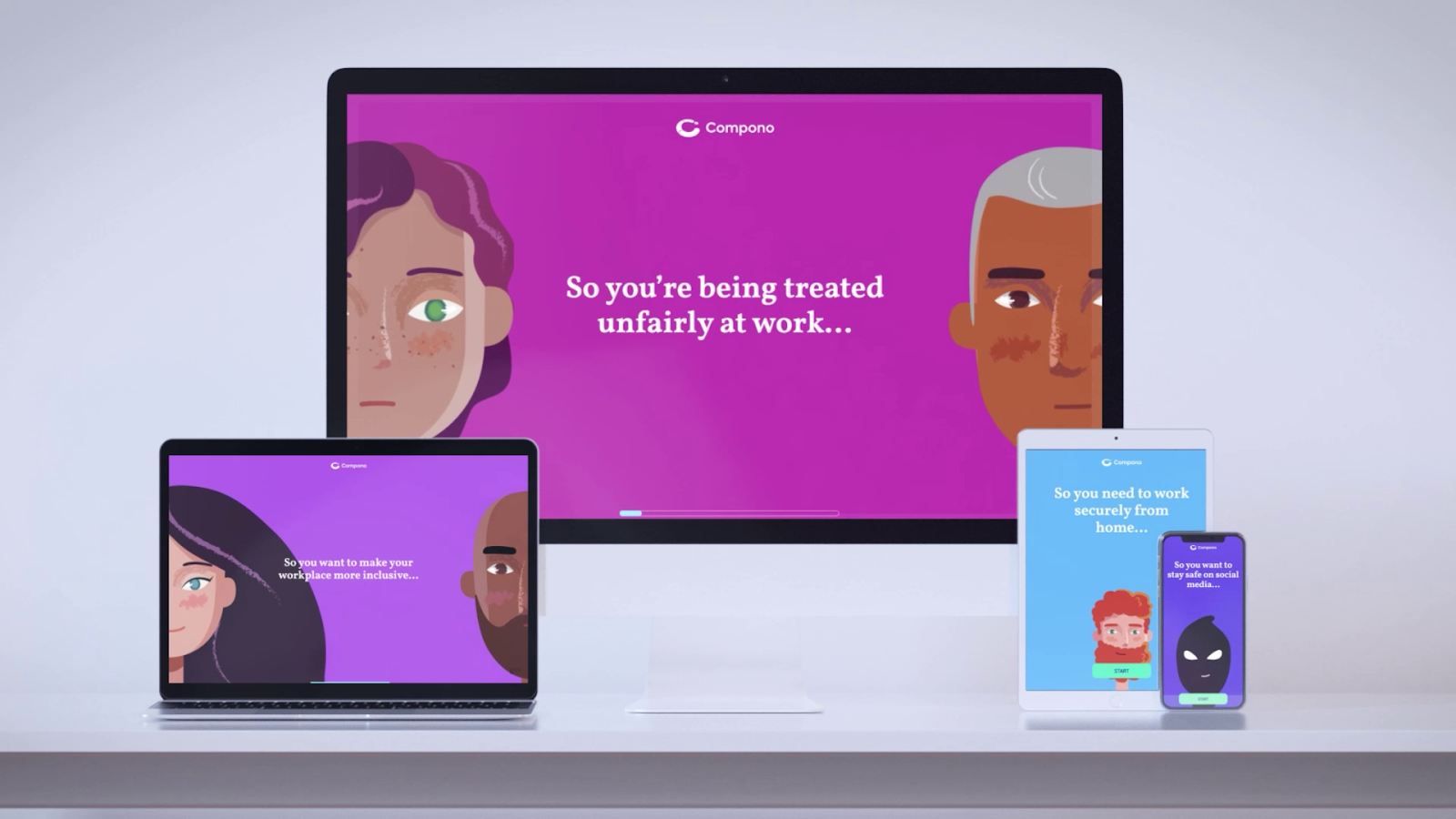
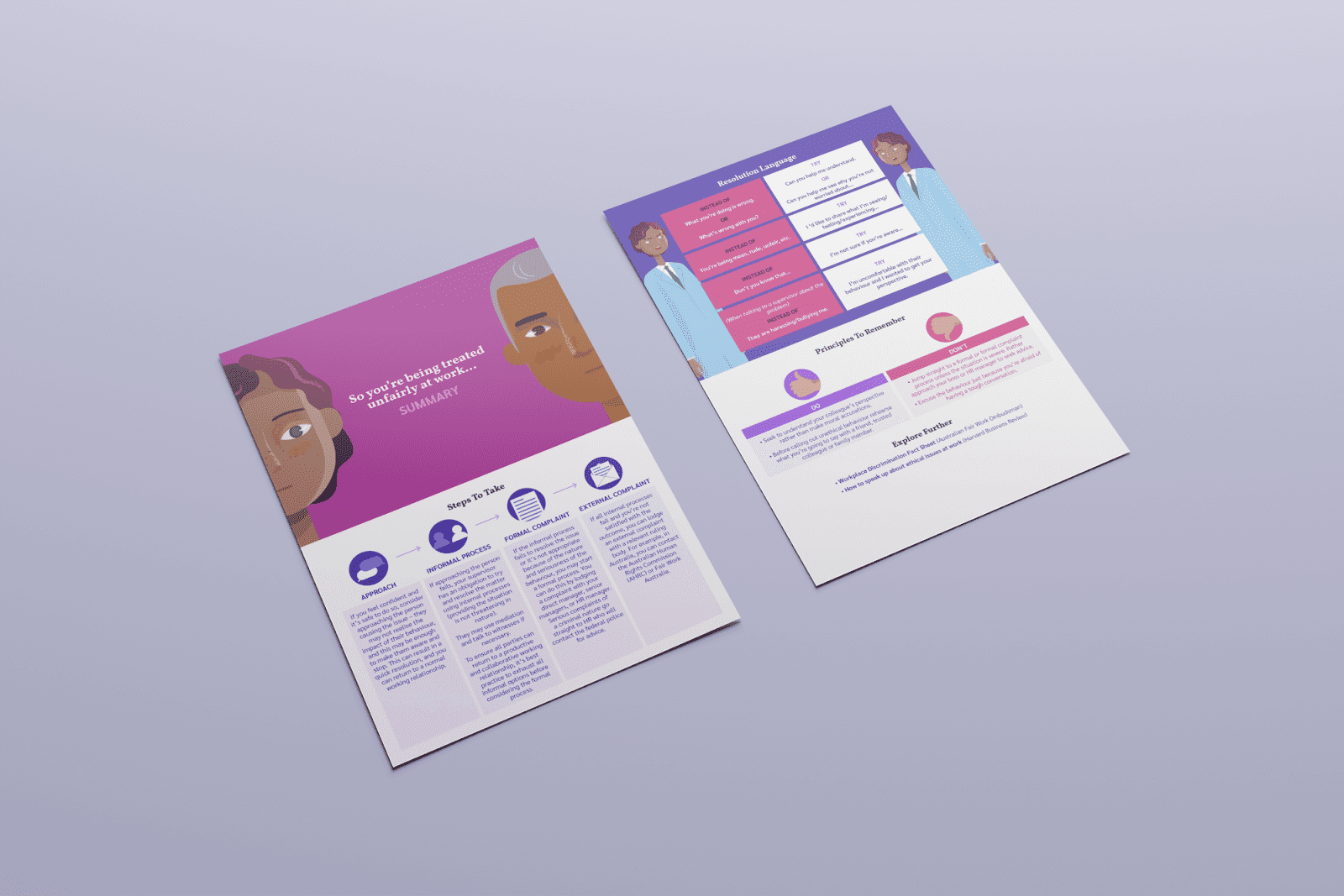
All of these advantages don’t mean that microlearning should just replace all other types of learning and training. Instead, it should be seen as another offering, alongside other course delivery modes. Learning is a very contextual experience and providing it in the best way at the right time is nothing short of an artform. This then begs the question: What type of content is it suitable for?
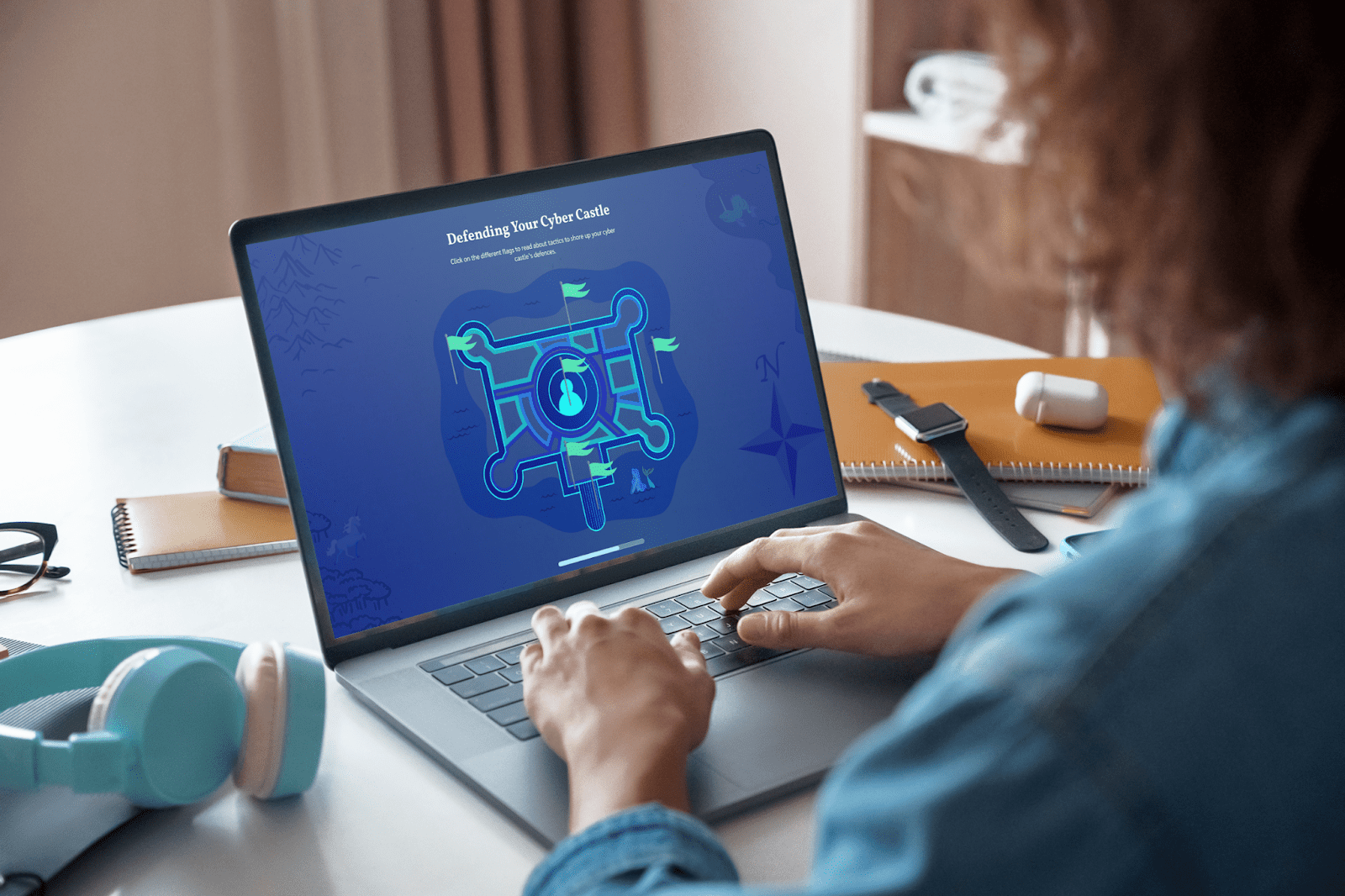
 This simulated scenario can help with changing perceptions and behaviour. It’s well-suited for soft skills training and topics such as inappropriate workplace behaviour and conflict resolution. For example, our Micro Modules include an engaging minute-long animation that introduces the key concepts, validates the learner’s own understanding or perspective and activates their prior knowledge in the area, thus priming them for the learning experience and motivating behaviour change.
This simulated scenario can help with changing perceptions and behaviour. It’s well-suited for soft skills training and topics such as inappropriate workplace behaviour and conflict resolution. For example, our Micro Modules include an engaging minute-long animation that introduces the key concepts, validates the learner’s own understanding or perspective and activates their prior knowledge in the area, thus priming them for the learning experience and motivating behaviour change.
By now, you should have a good idea of the benefits of microlearning, but what does a well-designed program look like? A good microlearning course:
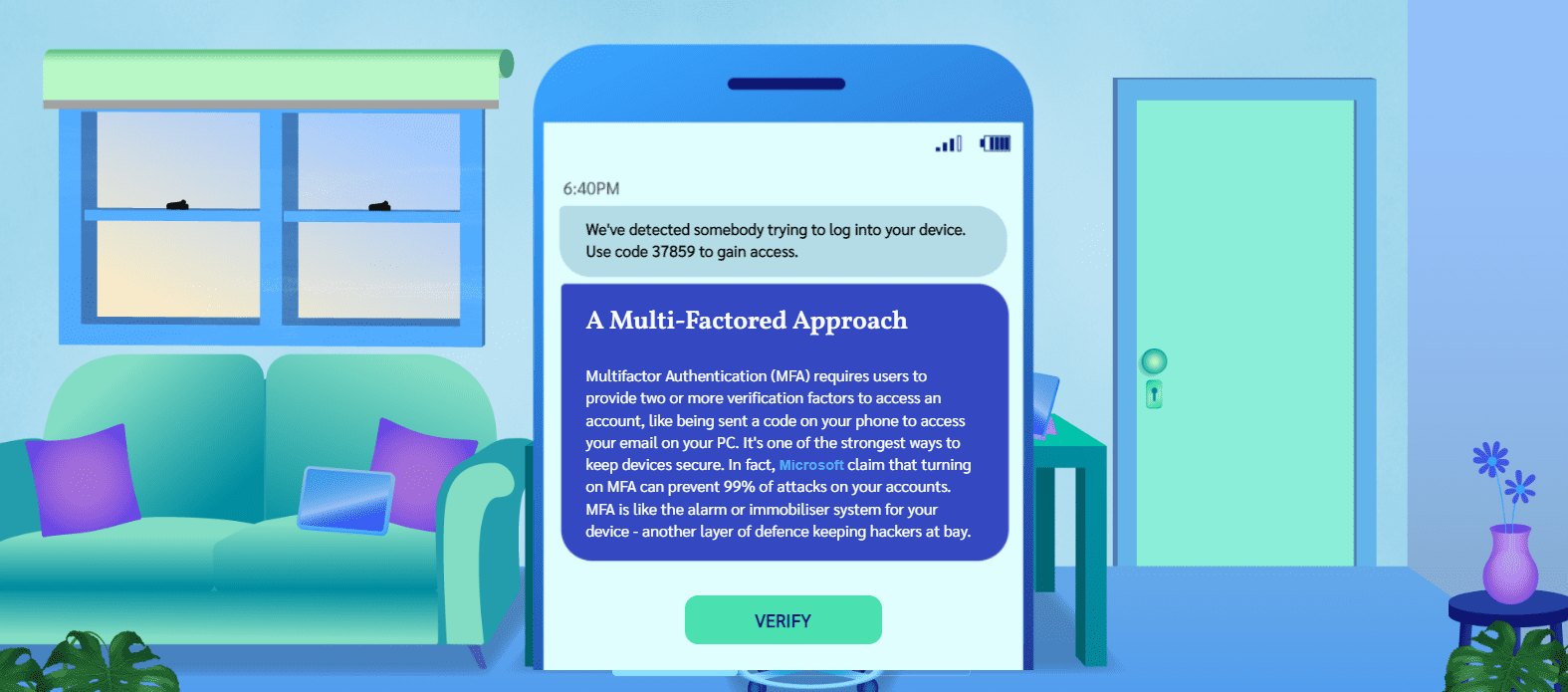
As with any learning experience, context is king and no two microlearning courses will look exactly the same. Nevertheless, there are certain key questions10 we can ask when designing a microlearning module.
Let’s apply this to my intended behaviour change of daily pushups after handwashing that I mentioned earlier. I was clearly trying to solve the problem of my middle-aged dad body losing muscle mass (and ensuing flagging self-esteem). How would I know if my intervention of daily pushups worked? Well, the mirror doesn’t lie and with increased strength comes increased daily pushups, a very measurable goal. Thus far, I’ve stuck with it and often end up doing around 50 pushups a day which goes to prove the effectiveness of taking small incremental improvements (as well as my adherence to hand hygiene). It seems a lot to be said for small steps and there’s an African proverb which is as applicable to microlearning as it is to my pushup endeavours (and many other facets of life, in fact): “Little by little, a little becomes a lot”.
Want to explore further? eLearning Industry has a great range of Microlearning eBooks for a deeper dive into the topic.
Compono has designed a series of just-in-time style microlearning modules aimed at employees who need to do something “right now”. Each module has a seat time of under 10 minutes so learners can easily incorporate them into their daily workflow. Contact us to find out more
1https://www.ncbi.nlm.nih.gov/pmc/articles/PMC6716752/
2https://learning.linkedin.com/content/dam/me/business/en-us/amp/learning-solutions/images/workplace-learning-report-2019/pdf/workplace-learning-report-2019.pdf
3https://www.tandfonline.com/doi/ref/10.1080/10494820.2021.1977964
4https://elearningindustry.com/microlearning-training-strategy-benefits-and-applications-ld-managers-cannot-ignore
5https://onlinelibrary.wiley.com/doi/10.1111/jcal.12240
6https://link.springer.com/article/10.1007%2Fs11423-020-09931-w
7https://dergipark.org.tr/tr/pub/ijere/issue/36244/415824
8https://elearningindustry.com/calculate-seat-time-in-elearning
9https://uk.themindgym.com/our-approach/growing-capability/
10https://www.shiftelearning.com/blog/converting-long-form-elearning-to-short-microlearning

Sometimes, a name isn’t just a name—it’s a statement of purpose. That’s what guided the transition from Certified Skills to Compono Assure, a move...

Gulping Geese and Good Learning Instructional design is the complex interplay between the instructor, the learner, and the medium that supports...

Managing employee data shouldn’t feel like herding cats. Yet for many organisations, HR processes remain scattered across spreadsheets, filing...